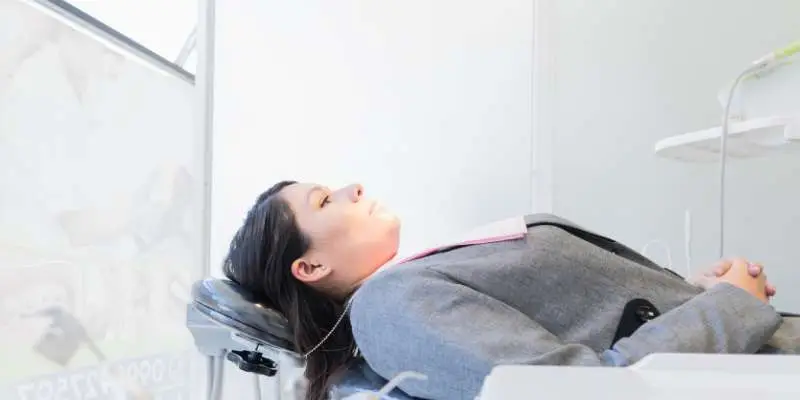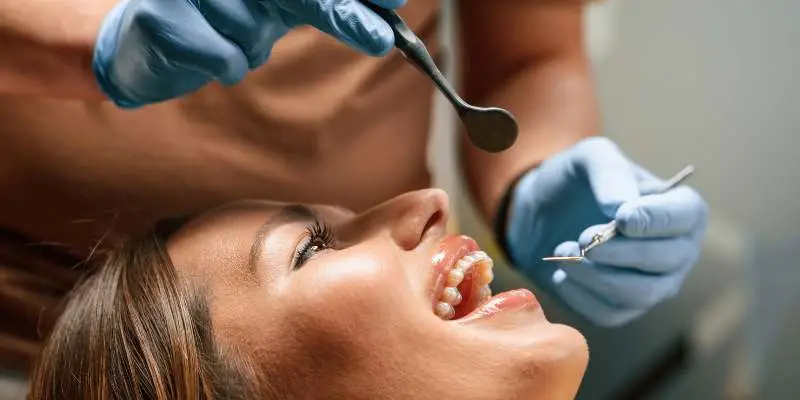If you’re seeing a touch of pink or red when you spit out toothpaste, it might be an early warning sign of gum disease.
Read on to find three of the best things you can do if you spot bleeding gums.
The single best way tackle this, as with any dental problem, is regular dental checkups and visiting the Dental Hygienist. You may also even consider periodontal treatment.
Dentists & Hygienists seek to detect gum disease at an early stage and plan to stop it in its tracks.
As with most things in Dentistry and medicine in general, the earlier you spot things the better the long term prognosis.
That said, there are things you can do at home, to ensure that your gums stay healthy.
Perfect Your Brushing Technique
Gingivitis thrives when plaque accumulates at the gumline. Proper brushing can prevent this buildup.
Use a Soft Bristle Brush. Hard brushes can aggravate sensitive gums and may even contribute to bleeding.
Position your brush at a 45-degree angle to your gums. This angle is optimal for removing plaque where the tooth and gum meet.
And we all know we should brush our teeth, but a recent poll revealed that a staggering 36% of Brits do not brush their teeth twice a day. So remember to brush your teeth once in the morning and once at night to ensure you’re warding off the onset of gum disease.
Floss Daily, and Do It Right
33% of Brits never floss. Let’s face it, it’s an easy part of the routine to skip. It’s alost not as deep rooted in the UK pysche as in the US.
But one of the prime locations for gum disease to set up shop is between the teeth, areas often missed during brushing, so always remember to floss!
Be Gentle. Avoid snapping the floss down into the gums. Instead, guide it gently between teeth.
Wrap the floss into a ‘C’ shape around each tooth, ensuring you’re clearing out any lurking bacteria.
And use a new piece of floss for each gap.
This ensures you don’t transfer bacteria from one space to another.
Introduce an Antiseptic Mouthwash to Your Routine
To combat gum disease, a mouthwash can be a powerful ally, reaching areas even floss might miss. Look for mouthwashes specifically designed to combat gingivitis or gum disease.
Be thorough when you’re swilling it round your mouth. Ensure it reaches every corner of your mouth to tackle hidden bacteria.
Bleeding gums are often the body’s way of raising a red flag about potential gum disease. If, despite adopting these practices, the bleeding continues, or if you notice other symptoms like persistent bad breath or swelling, it’s time for a dental visit.
Too Long, Did Not Read?
Gum disease, when caught early, is manageable and can even be stabilised.
Your gums are the protective guardians for your teeth, here’s our advice for anyone with bleeding gums:
- Regular Dental Checkups: This is the gold standard. Consider periodontal treatment.
- Brush Right: Use a soft brush, angle it at 45-degrees, and brush twice daily.
- Flossing: Essential! Do it daily, gently, and with a new piece for each gap. Your hygienist can show you the correct method
- Mouthwash: Choose one to tackle gingivitis. Swish it thoroughly.
Above all, if your gums still bleed despite these steps, the earlier you reach out to a Dentist the more likely you will be able to stabilise your gums.








